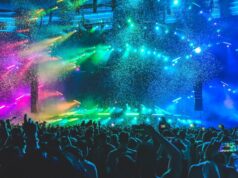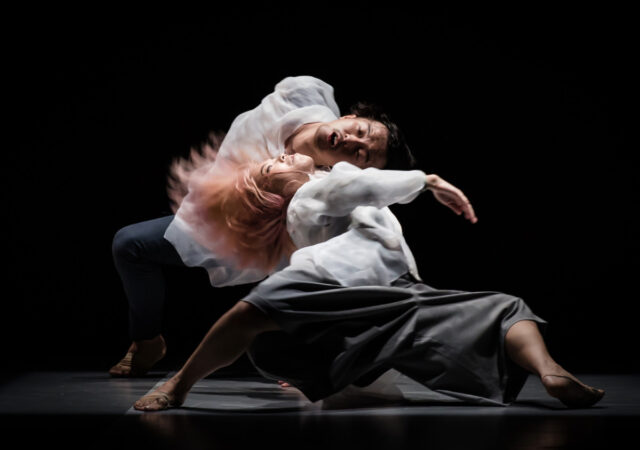
Can you hear the music in every graceful leap, every delicate pirouette, and every passionate expression on the ballet stage? As Albert Einstein once pondered.
In the same spirit that Shakespeare once mused, ‘If music be the food of love, play on,’ we delve deep into the mesmerizing interplay of music and movement, where composers and choreographers collaborate to craft a symphony of emotions, a ballet of the heart.
Let’s explore the profound connection between music and dance, and unlock the secrets of how, in the hands of dancers and musicians, music becomes a language that speaks directly to the soul in the exquisite world of ballet.
Understanding the Significance of Music in Ballet Performances
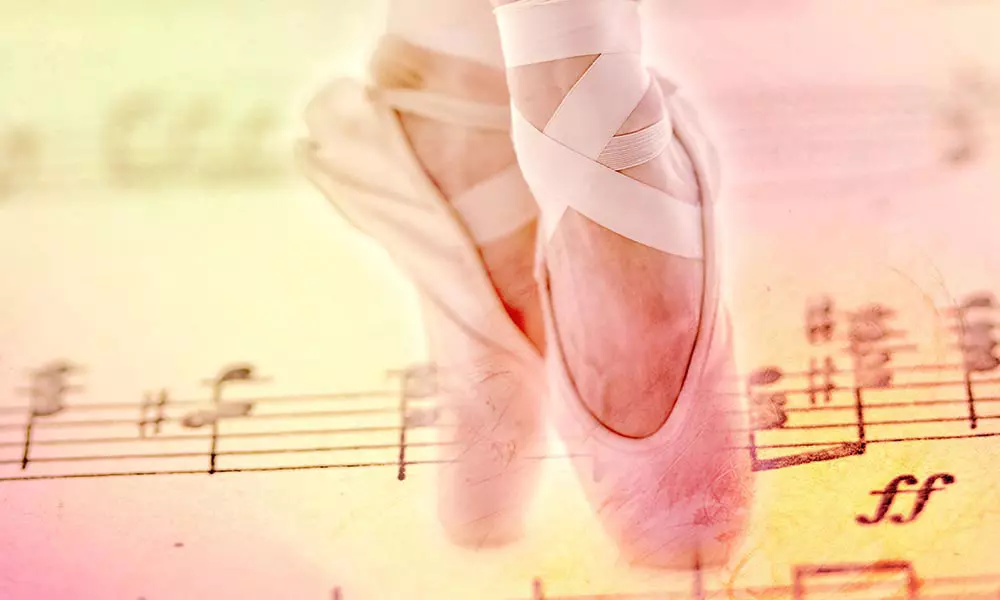
Ballet is a highly evocative art form, and music plays a critical role in enhancing, guiding, and supporting its narrative and emotive aspects. The relationship between dance and music is symbiotic, as each element amplifies and enriches the other. The significance of music in ballet performance is expressed in the following ways.
- Emotional enhancement ─ Music conveys emotions, setting the mood for each scene or act in a ballet. A rapid tempo can communicate urgency or joy, while a slower tempo might depict sadness or reflection. The layers and textures of orchestral compositions especially provide a myriad of emotional nuances that dancers can tap into.
- Narrative guidance ─ Especially in story ballets, the music often tells a story as much as the movements do. Iconic ballets like “Swan Lake” or “The Nutcracker” have music that directly correlates to the events, characters, and emotions being portrayed.
- Rhythmic structure ─ Dance inherently relies on rhythm. The beats, tempo, and dynamics of music provide a framework for choreography, ensuring that movements align with the musical accents and patterns.
- Cultural context ─ The style and type of music can set a specific time period or cultural context for the ballet. For instance, ballets like “Giselle” have music deeply rooted in the Romantic era, which helps transport the audience to that period.
- Dramatic build ─ Music can build tension or release, guiding the audience through climaxes and resolutions in the story. The crescendos and diminuendos, the major or minor tonalities, all provide cues to the unfolding drama on stage.
Tracing the Origins of Ballet and Its Connection to Music
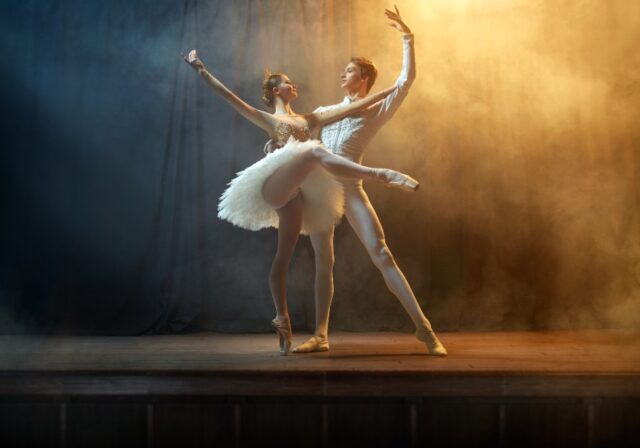
Ballet, as a distinct form of performance, has its roots in the Italian Renaissance courts of the 15th century. The journey of ballet and its connection to music showcases the evolving relationship between movement and sound.
The origins of ballet can be traced back to the lavish court entertainments of Renaissance Italy. These performances often combined dance, music, poetry, and theater. The term ‘balletto’, from which we derive ‘ballet’, originally meant ‘little dance’ in Italian.
During the late 16th and 17th centuries, ballet began to take shape in France. Ballet de cour, or court ballet, was a popular form of entertainment. These were elaborate spectacles that combined narrative, dance, and music. The first official ‘ballet’, “Le Ballet Comique de la Reine,” was staged in 1581 in Paris. It was accompanied by music, words, and, of course, dance.
The 19th century, or the Romantic era, saw the rise of ballets like “Giselle,” “Swan Lake,” and “The Nutcracker”. Here, the connection between ballet and music deepened, with scores by composers like Tchaikovsky becoming iconic. This era also saw the popularization of the ballerina and pointe work.
Today, in our digital age, there’s been a democratization of both ballet and music education. Just as aspiring dancers can find online tutorials, those passionate about music can delve into online piano learning. These platforms break down complex pieces, some of which are used in ballet, into manageable lessons, fostering a deeper appreciation for the synergy between dance and music. This digital accessibility ensures that even without traditional training, individuals can engage with and contribute to the rich tapestry of ballet and music.
How Ballet Dancers Interpret and Express Emotions Through Movement
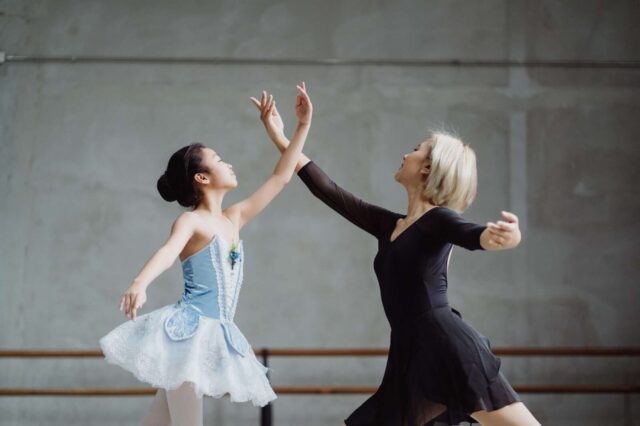
Ballet dancers have a unique and nuanced way of conveying emotions, narratives, and ideas without the use of words. They utilize their bodies as instruments to express a broad spectrum of feelings and stories. These are some ways of connecting dancing and emotions.
- Facial Expressions
- Body Posture
- Tempo and Rhythm
- Use of Space
Dancers undergo years of rigorous training not just to perfect their technique, but also to harness the ability to convey deep emotions through their movements. This emotional connection and storytelling are what often make ballet performances deeply resonant and moving for audiences. The synthesis of music and choreography, combined with the dancer’s personal interpretation, results in a powerful form of non-verbal communication.
Swan Lake ─ A Brief Analysis of Composition and Narrative Significance
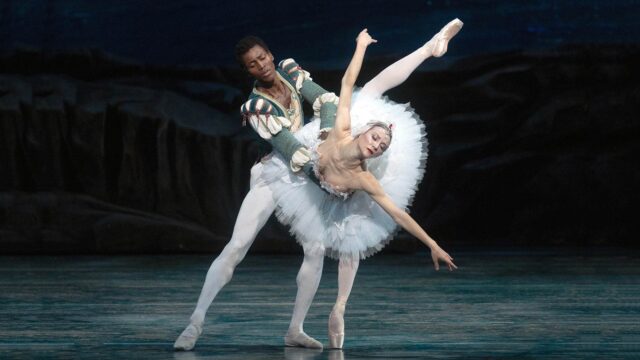
One of the most iconic ballet compositions is “Swan Lake” by Pyotr Ilyich Tchaikovsky. “Swan Lake” is a tale of love, betrayal, and the duality of good and evil. The ballet tells the story of Prince Siegfried and Odette, a princess turned into a swan by an evil sorcerer’s curse. Tchaikovsky uses recurring themes, or leitmotifs, for characters and specific emotions, which serve as an auditory guide for the audience through the ballet’s intricate narrative.
“Swan Lake” is a testament to how music in ballet is not just an accompaniment but an essential narrative device. Tchaikovsky’s score not only enhances the story’s emotional depth but also guides the audience through its complex plot and character arcs. Every note, instrument choice, and rhythm contribute to bringing the tale of doomed love and redemption alive.
Final Thoughts
Ballet music is not merely a backdrop but a powerful narrative tool, crucial in sculpting the emotional landscape of a performance. It paints vivid pictures, amplifies the dancer’s every emotion, and guides the audience through a maze of feelings.
By its rhythmic ebb and flow, its thematic melodies, and its intricate harmonies, ballet music speaks a universal language. It becomes a silent storyteller, making ballet a dual dialogue of both movement and melody, where every note carries the weight of emotion, enhancing the depth and richness of the story being told on stage.


